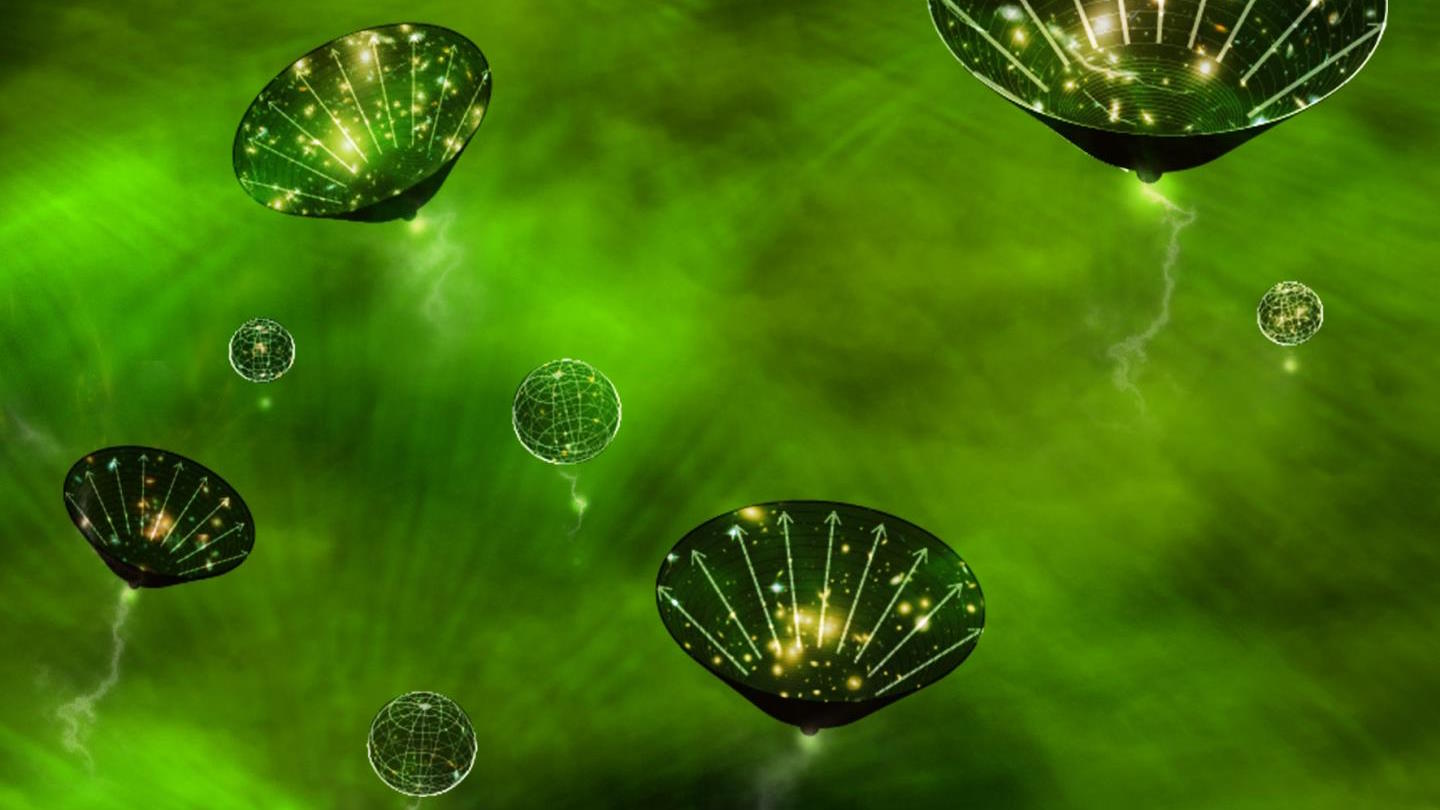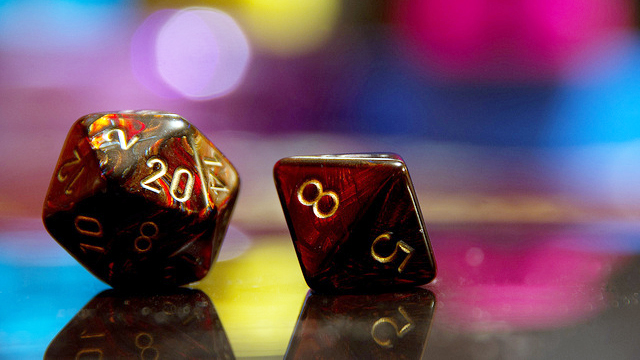NASA Wakes Up: Saving Earth From Killer Asteroids Is A Waste
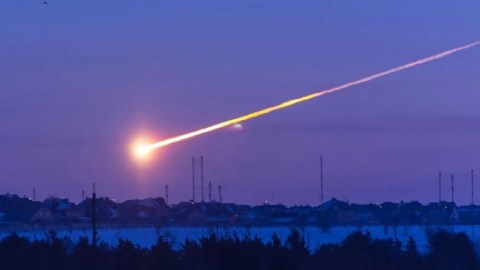
Exploring and mapping the Universe? A great plan. But the math of spending billions on asteroid deflection doesn’t add up.
“The oldest and strongest emotion of mankind is fear, and the oldest and strongest kind of fear is fear of the unknown.” –H. P. Lovecraft
When you think about the ways the entire human race might meet its demise, there are only a few ways we can imagine it going down. Famine, plague, pestilence, or conventional war wouldn’t do it; there are simply too many humans in too many niches that would be untouched by even the most vile incarnations of these. But there are two general categories of ways it might happen:
- the possibilities we might bring upon ourselves, like nuclear war, biotechnology gone awry, or some type of pollution/environmental poisoning that renders the planet inhospitable to human life,
- or the possibility that the Universe could end us naturally, such as from a catastrophic supervolcano, an incurably lethal epidemic of disease, or the same catastrophe that wiped out the dinosaurs: a massive asteroid strike.
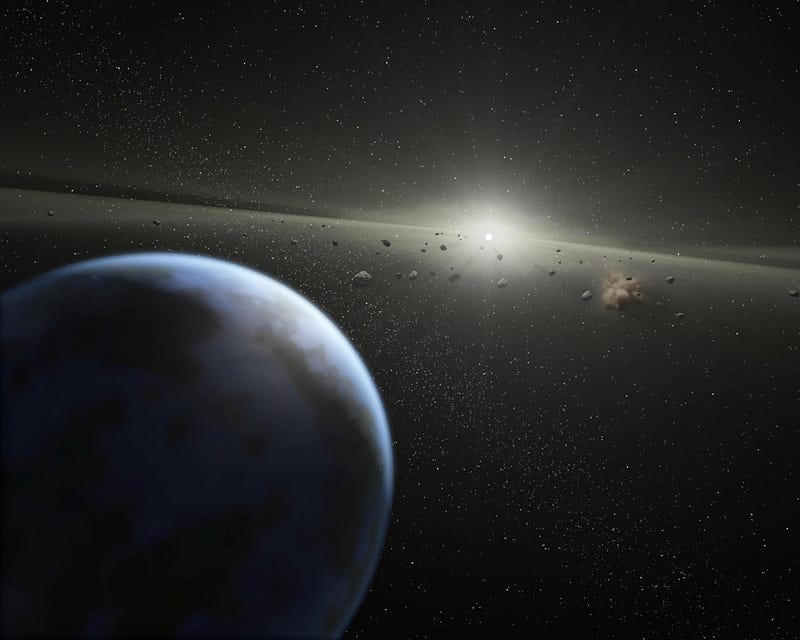
The asteroid belt is filled with rocky bodies of all different sizes, ranging from dust grains to pebbles to boulders to mountain-sized objects and even larger ones: the size of Texas or greater. Out beyond Neptune, the Kuiper belt is filled with even more numerous objects made of a mix of ice and rock, covering the same size range with even larger ones at the high end, and the Oort cloud beyond that with a similar population.
Every 100,000,000 years or so on average, an object from elsewhere in our Solar System that’s 5 kilometers (3 miles) in diameter or larger happens to collide with Earth, causing a mass extinction event significant enough to wipe out around 50% of the species on the planet, including practically all of the most dominant megafaunal species.
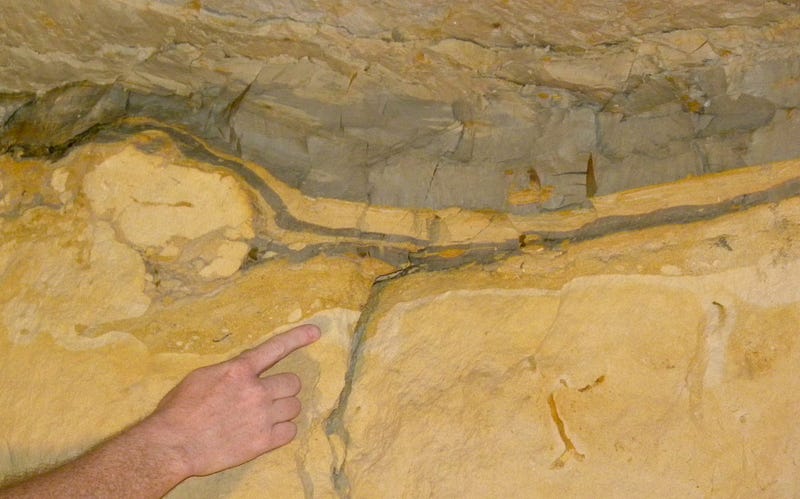
65 million years ago, an event exactly like this occurred, with a large asteroid striking what is now the Gulf of Mexico, creating a crater around a thousand miles in circumference, covering the Earth in a layer of ash, and bringing the era of the dinosaurs to an end. Every so often, the Universe sends us reminders that it’s only a matter of time before Earth gets hit again with such an impact: this time, driving not only human beings, but potentially the vast majority of mammals to extinction.
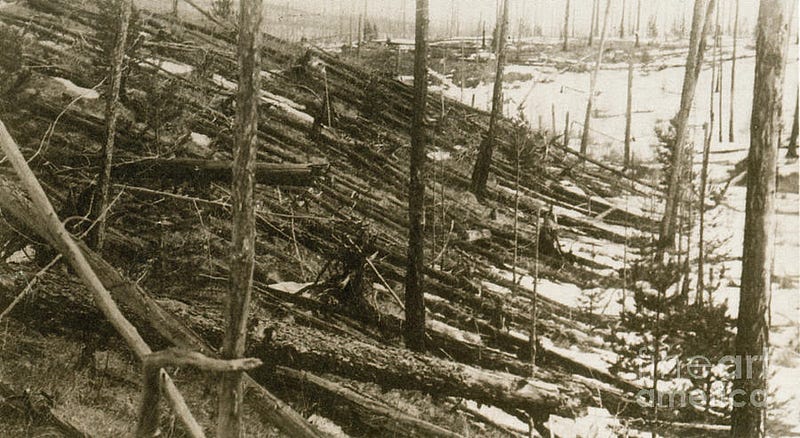
In 1908, the Tunguska event leveled an area about 40 miles in all directions: an airborne explosion from a meteor caused a tremendous amount of damage over mostly uninhabited terrain. That most likely arose from an object that was only 45 meters (150 feet) in diameter. More recently, in 2013, a meteor flew over Chelyabinsk, Russia, injuring over 1,000 people and causing significant property damage, despite being only 5% the energy (and about 30% the diameter) of the Tunguska event. If the meteor had been about twice a Tunguska-level event, it could have killed over a million inhabitants of Chelyabinsk.
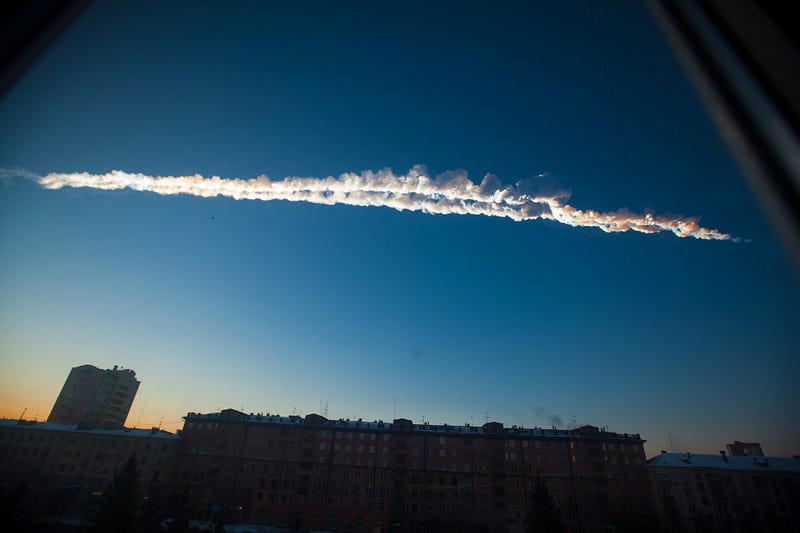
Moreover, as we’ve gotten better at monitoring the upper atmosphere of Earth, including over the ocean and other uninhabited areas (such as the Antarctic, as well as much of Russia and Canada), we’ve discovered that we get about two 10 meter (33 feet) or larger asteroid impacts every year. Couple that with the fact that we know city-killer events happen at least every few millennia, that there are tens of thousands of city-killer (and larger) asteroids known to be out there, and that a kilometer-sized asteroid could end our species, shouldn’t we be monitoring what’s out there, and shouldn’t we be prepping the defenses?
https://www.youtube.com/watch?v=66mHHaWtlt0
The answer to the first question — should we be monitoring what’s out there — is yes, but not with the urgency so many advocate. And to the second question — should we be prepping the defenses — the answer is not likely. We may get some very smart, very famous people arguing counter to this, but even smart people fall prey to a common human fallacy: risk estimation when the odds are low but the consequences are great. There are three things to consider here:
1.) Common asteroid strikes. These are the twice-a-year variety, and realistically, even if they hit over a populated area, they’re likely to cause as much property damage as a modest tornado, and fewer fatalities. We’re talking millions of dollar in damage, tops, and we have yet to record an asteroid-related death here on Earth. So that’s not consequential.
2.) City-killer asteroids. These could be bad. Tunguska-level events are similar in scale to the strike that created Meteor Crater (Barringer Crater) in Arizona. These may happen as frequently as once per century, but nearly 90% of the time, they fall over a completely unpopulated area. Even if they do happen to be over a large city — like London, New York or Tokyo — those strikes will be incredibly rare: only occurring once every 100,000 years or so.
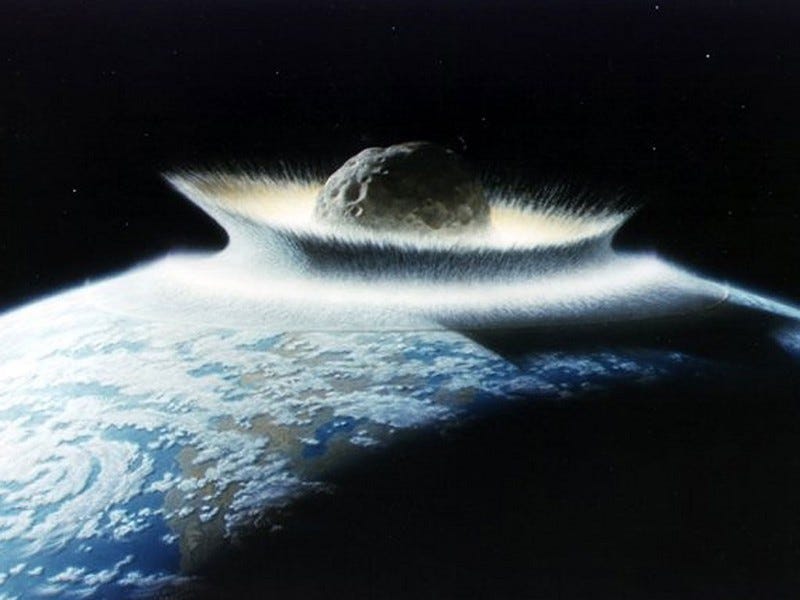
3.) Species-ending strikes. This — if it happened — would be the big one. All human life on Earth would end, with a total of (as of today) around seven billion human casualties. Even though this only happens once every 100,000,000 years or so, the consequences are tremendous.
So with all of this taken into account, what are your odds of dying in an asteroid strike in any given year? About 1-in-70,000,000. On average, that means approximately 100 people will die of an asteroid strike in a given year: less than die in earthquakes, tornadoes, volcanoes, hurricanes, floods or by lightning strike.
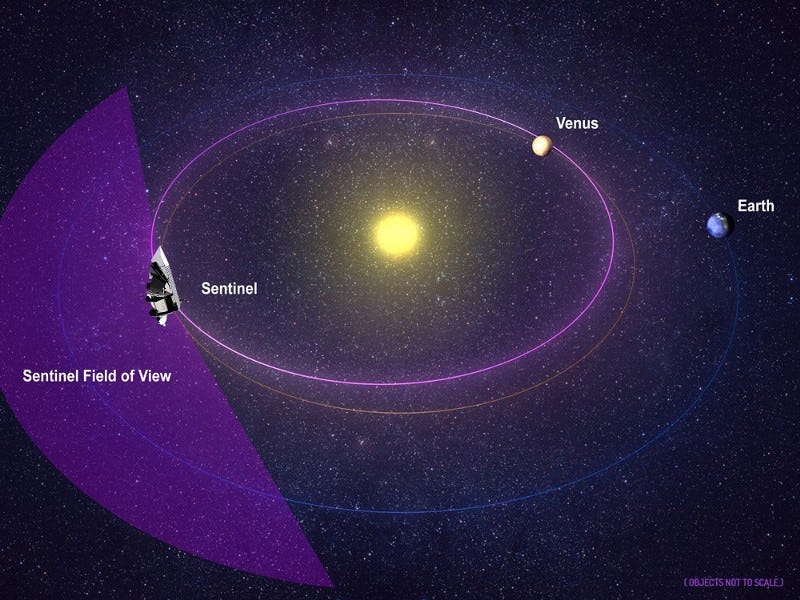
In its quest to map hazardous asteroids and defend Earth from them, the Sentinel mission was hoping to raise $450 million, and then partner with NASA to launch its satellites for tracking purposes. They’ve fallen well short of their goal, and NASA is terminating the partnership indefinitely due to missed deadlines. Normally, I’ll take any excuse to increase excitement and funding for space exploration, but I’m happy to see resources diverted elsewhere. There’s a whole Universe out there to explore, and a whole planet that we can all work to improve. Defending us from asteroids, from a reasonable cost-benefit analysis, simply isn’t worth the investment, statistically.
There are real dangers to Earth (and to the humans on it) facing us today, but asteroids aren’t one of them. If our species sticks around for another few thousand years, it will be time to make that investment. But until then? We’ve got a planet to save, and an entire Universe to discover.
Enjoyed this? Consider supporting Starts With A Bang on Patreon, and preorder/look for Ethan’s first book, Beyond the Galaxy, coming this winter!




